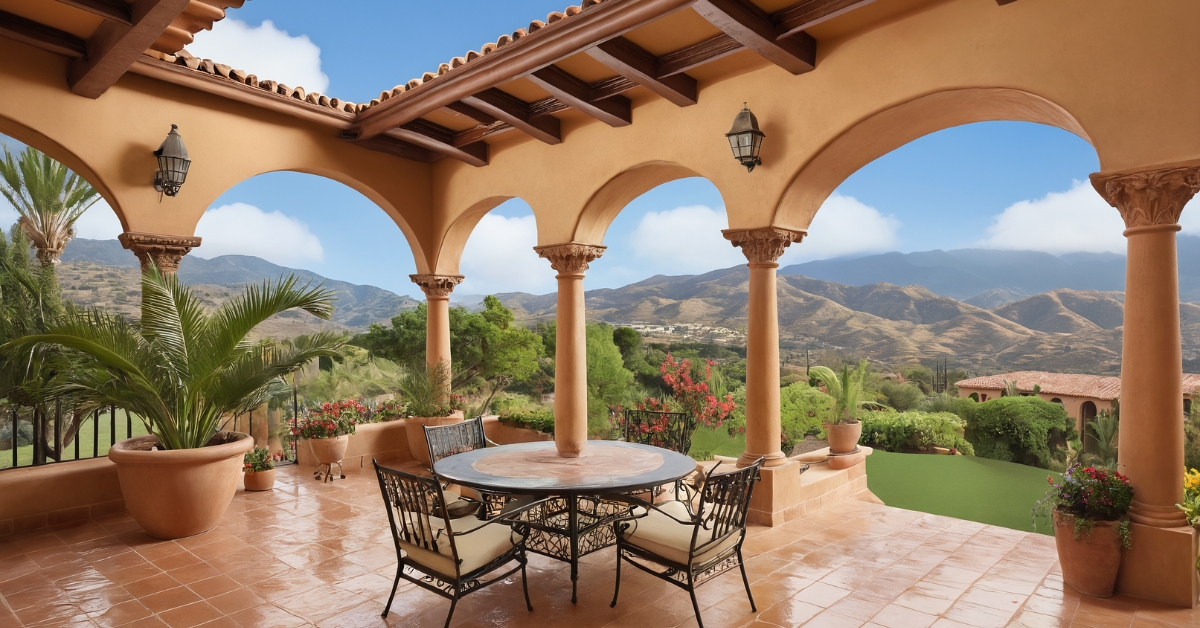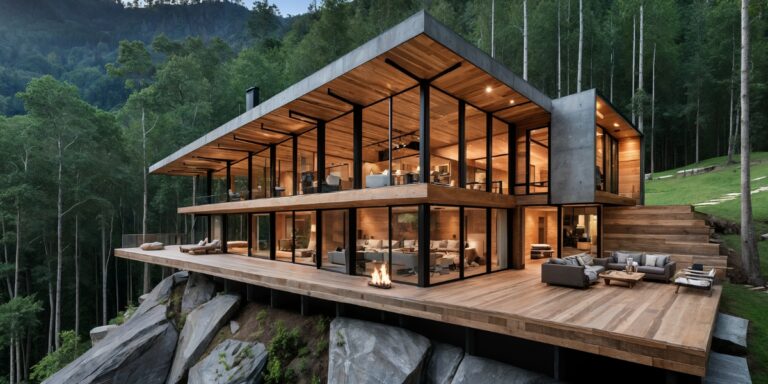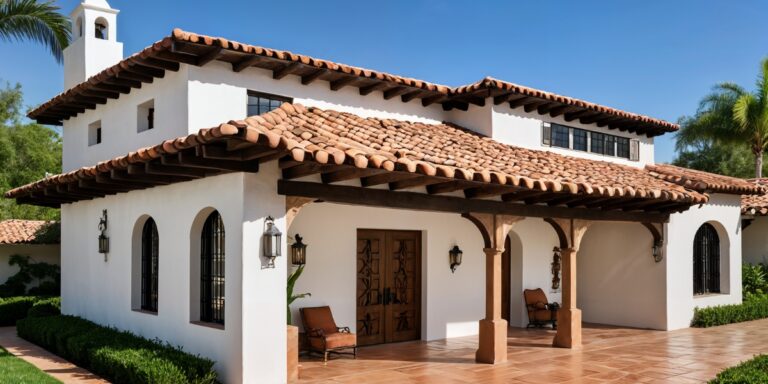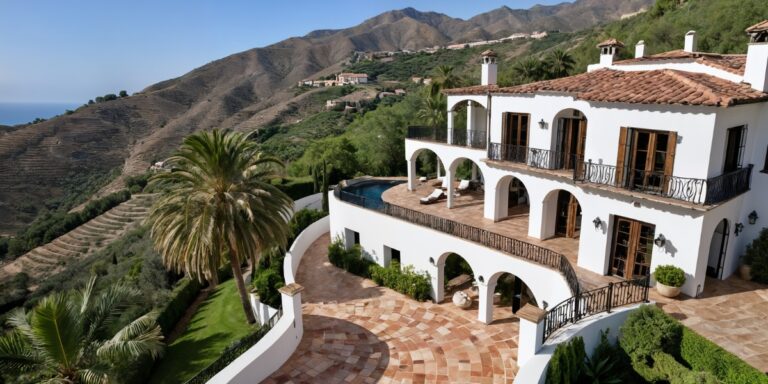After spending over a decade designing and consulting on luxury hacienda-style homes across the American Southwest, California wine country, and coastal regions, I’ve witnessed the remarkable evolution of Spanish colonial architecture from its humble agricultural origins to today’s sophisticated luxury residences. These modern interpretations require balancing authentic historical elements with contemporary luxury amenities and technology—a challenge that demands deep understanding of both traditional building techniques and modern lifestyle requirements.
What fascinates me about luxury hacienda homes is how they maintain the essential character of Spanish colonial architecture while incorporating amenities that would have been unimaginable to the original settlers. The most successful projects honor the cultural heritage and architectural principles that defined traditional haciendas while seamlessly integrating smart home technology, energy-efficient systems, and luxury finishes.
Through extensive work with high-end clients who value both authenticity and modern convenience, I’ve identified 12 distinct approaches to luxury hacienda design that consistently deliver exceptional results. Each represents a different interpretation of how Spanish colonial principles can be adapted to specific environments and luxury lifestyle requirements.
1. The Hillside Retreat: Engineering Luxury on Challenging Terrain
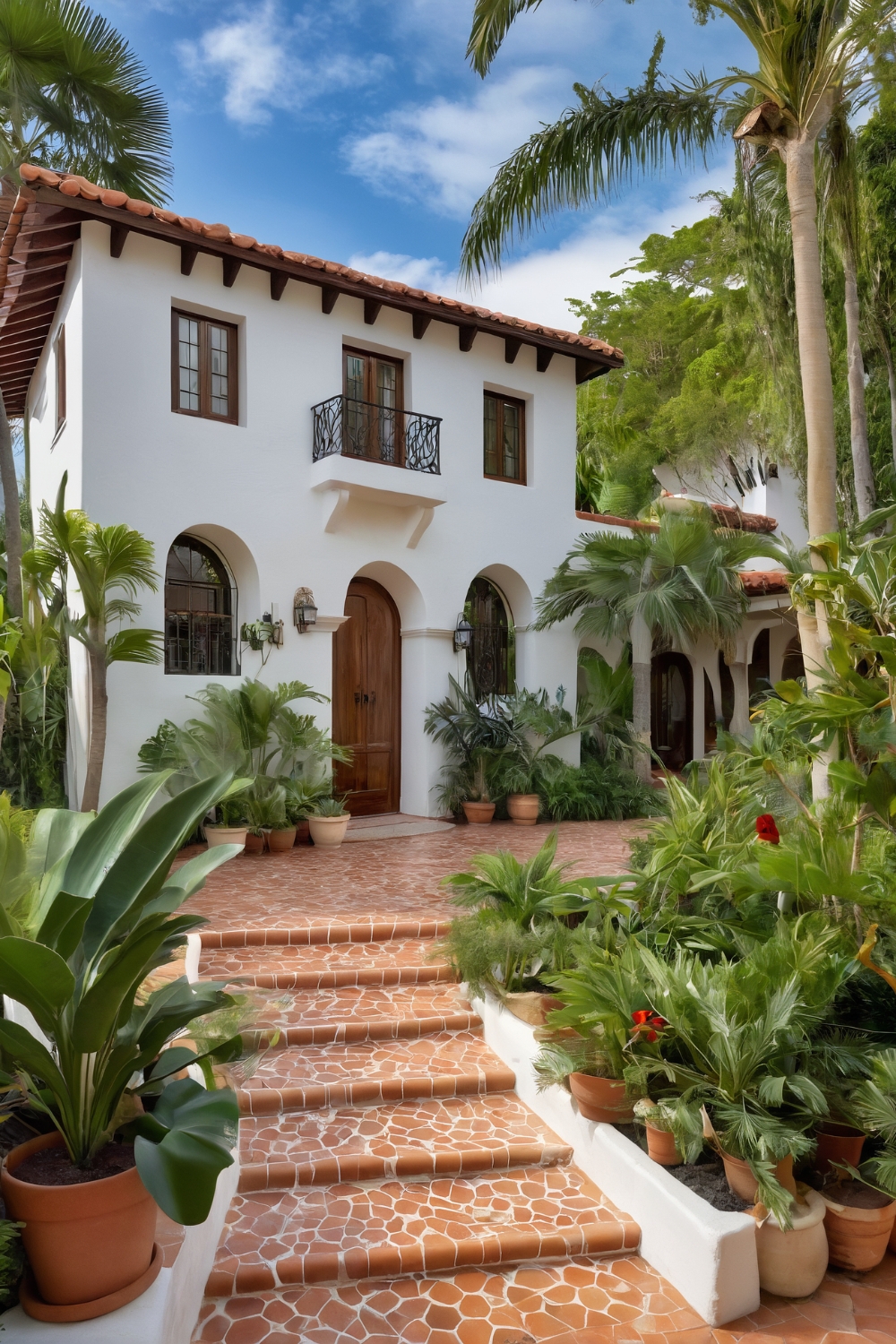
Designing luxury haciendas on hillside sites requires sophisticated engineering to create level outdoor spaces and manage water drainage while maintaining authentic architectural proportions. The multi-level approach allows for dramatic ceiling heights and panoramic views, but structural requirements often exceed typical residential construction standards.
The integration of stone and stucco walls requires understanding thermal expansion differences and proper flashing details to prevent water infiltration—critical in luxury homes where maintenance access is limited and failure costs are substantial. Traditional terracotta roof tiles need structural support calculations that account for seismic activity and wind loads in exposed hillside locations.
Stone chimney construction follows traditional masonry techniques but requires modern engineering for earthquake resistance and proper combustion air management. The prominence of these features makes them architectural focal points, so construction quality must be exceptional throughout.
Interior soaring ceilings with exposed wooden beams create grandeur but present heating and cooling challenges that require sophisticated HVAC systems and energy modeling to maintain comfort without excessive operating costs. Gourmet kitchens in luxury haciendas need professional-grade ventilation systems that can handle heavy cooking while maintaining authentic aesthetic elements.
2. The Courtyard Oasis: Mastering Indoor-Outdoor Climate Control
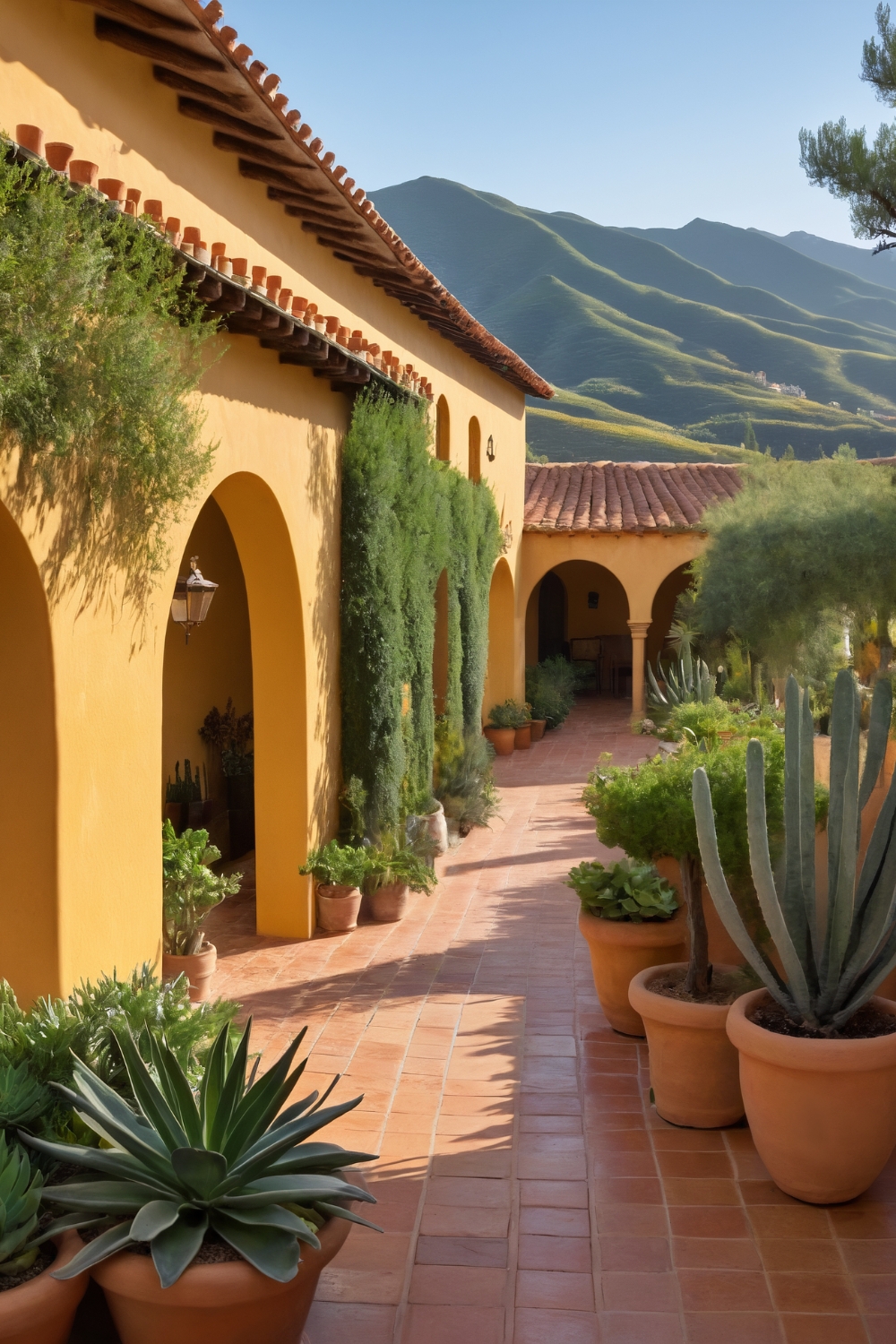
Central courtyard designs represent the pinnacle of hacienda luxury living, but they require complex engineering for retractable glass wall systems that can span large openings while providing weather sealing and security. These systems often cost more than entire rooms in typical homes but create transformative living experiences.
Climate control in courtyard homes requires understanding microclimate effects and thermal mass management. Stone paving absorbs and radiates heat, affecting comfort levels throughout the day. I work with environmental engineers to model thermal performance and design heating/cooling systems that can respond to changing conditions.
Covered walkways with modern amenities require integrating electrical, plumbing, and data systems into traditional architectural forms without compromising aesthetic integrity. Hidden infrastructure often represents significant portions of construction budgets in luxury projects.
Rooftop terraces in luxury haciendas need structural support for substantial loads including furniture, planters, and often hot tubs or outdoor kitchens. Waterproofing systems must be completely reliable since leaks into occupied spaces below create major damage and disruption.
3. The Mountain Vista: Maximizing Views While Maintaining Character
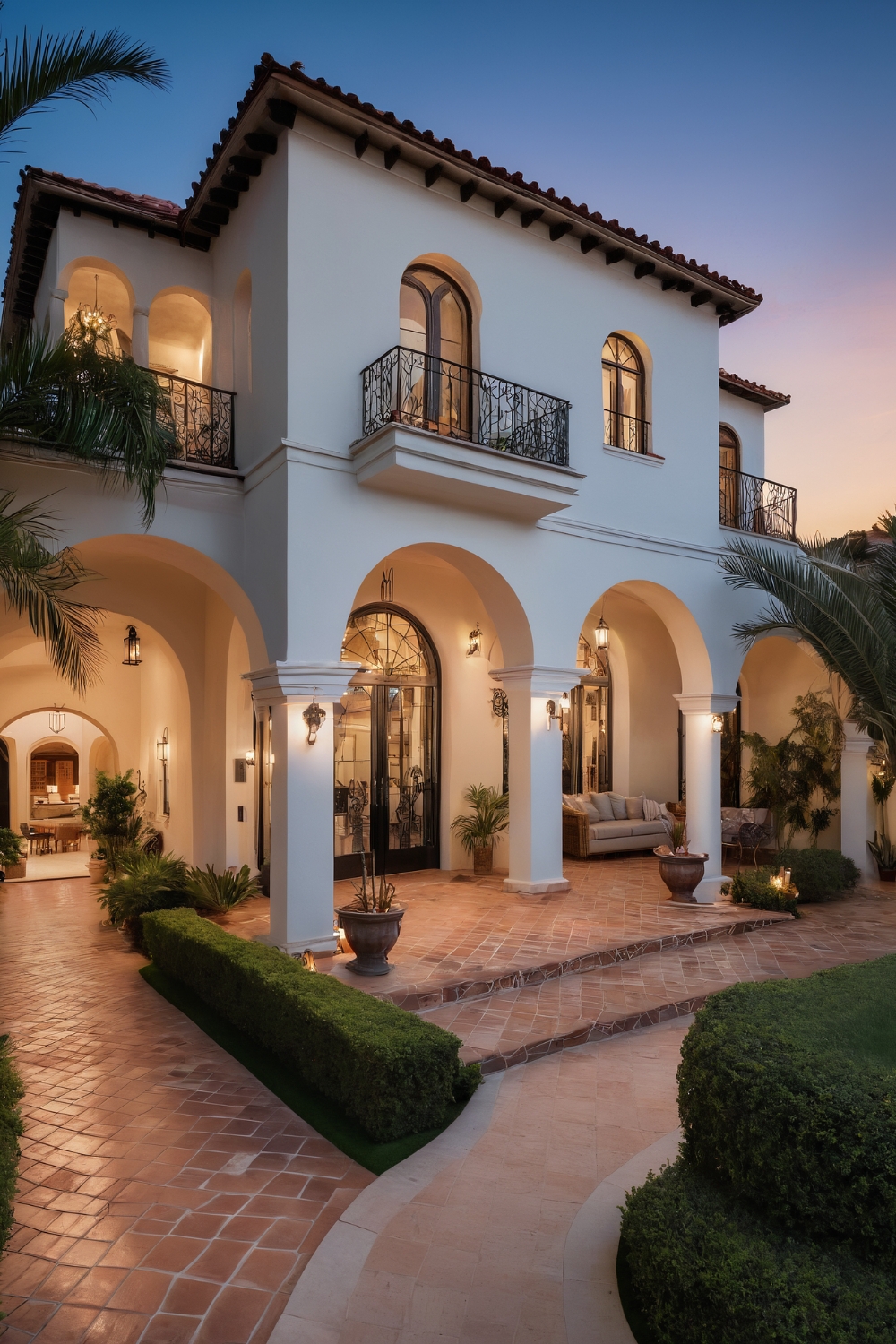
Single-story haciendas with dramatic views require careful window sizing and placement to maximize vistas while maintaining authentic proportional relationships. Oversized windows can overwhelm traditional architectural scales, while undersized openings fail to capture available views.
Two-story ceiling spaces present acoustic challenges that require specialized design to prevent echo and maintain conversation comfort. Traditional materials like stone and tile can create harsh sound reflection without proper acoustic treatment.
Wood-fired ovens in luxury kitchens need specialized ventilation and fire suppression systems that meet modern safety codes while maintaining authentic appearance and function. These installations often require structural modifications and significant mechanical infrastructure.
Indoor-outdoor shower systems require freeze protection in mountain climates while maintaining the open-air experience that defines luxury hacienda living. The engineering includes heating systems, drainage, and privacy considerations that significantly impact both cost and design.
4. The Desert Gem: Sustainable Luxury in Harsh Environments
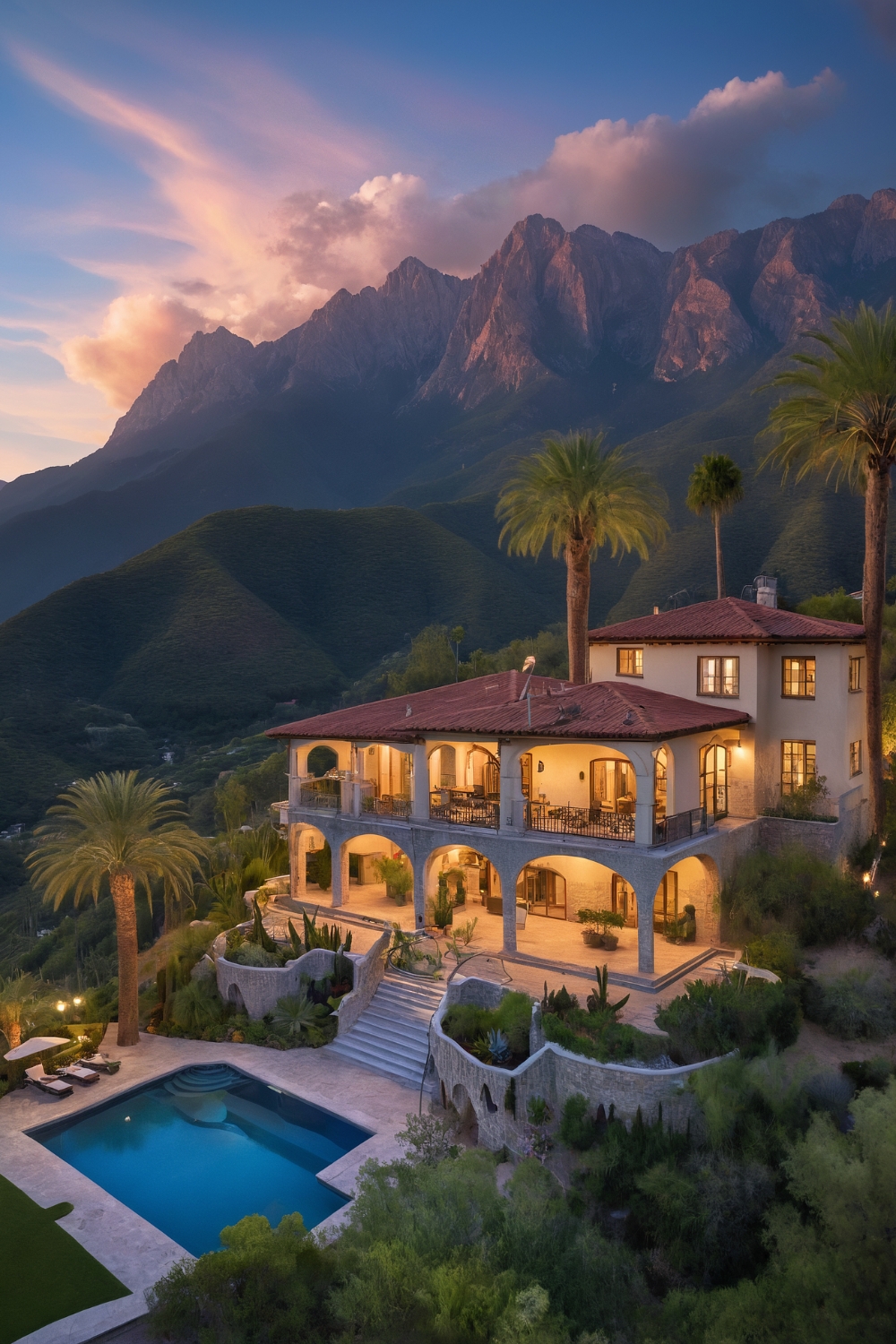
Desert hacienda design requires sophisticated water management systems including rainwater collection, greywater recycling, and drought-resistant landscaping that maintains luxury aesthetics while minimizing resource consumption. These systems often become selling points for environmentally conscious luxury buyers.
Thick wall construction provides natural insulation but requires modern vapor barriers and thermal bridging details to meet contemporary energy codes. The integration of traditional building techniques with modern building science requires specialized expertise.
Central atrium gardens with climate control systems create dramatic interior focal points but require specialized irrigation, drainage, and plant selection to thrive in controlled environments. These installations often include automated misting systems and specialized lighting.
Negative-edge pools create stunning visual effects but require complex hydraulics and structural engineering, especially on sloping sites. The mechanical systems needed to operate these pools often require dedicated equipment rooms and substantial electrical infrastructure.
5. The Coastal Escape: Luxury Living with Marine Environment Challenges
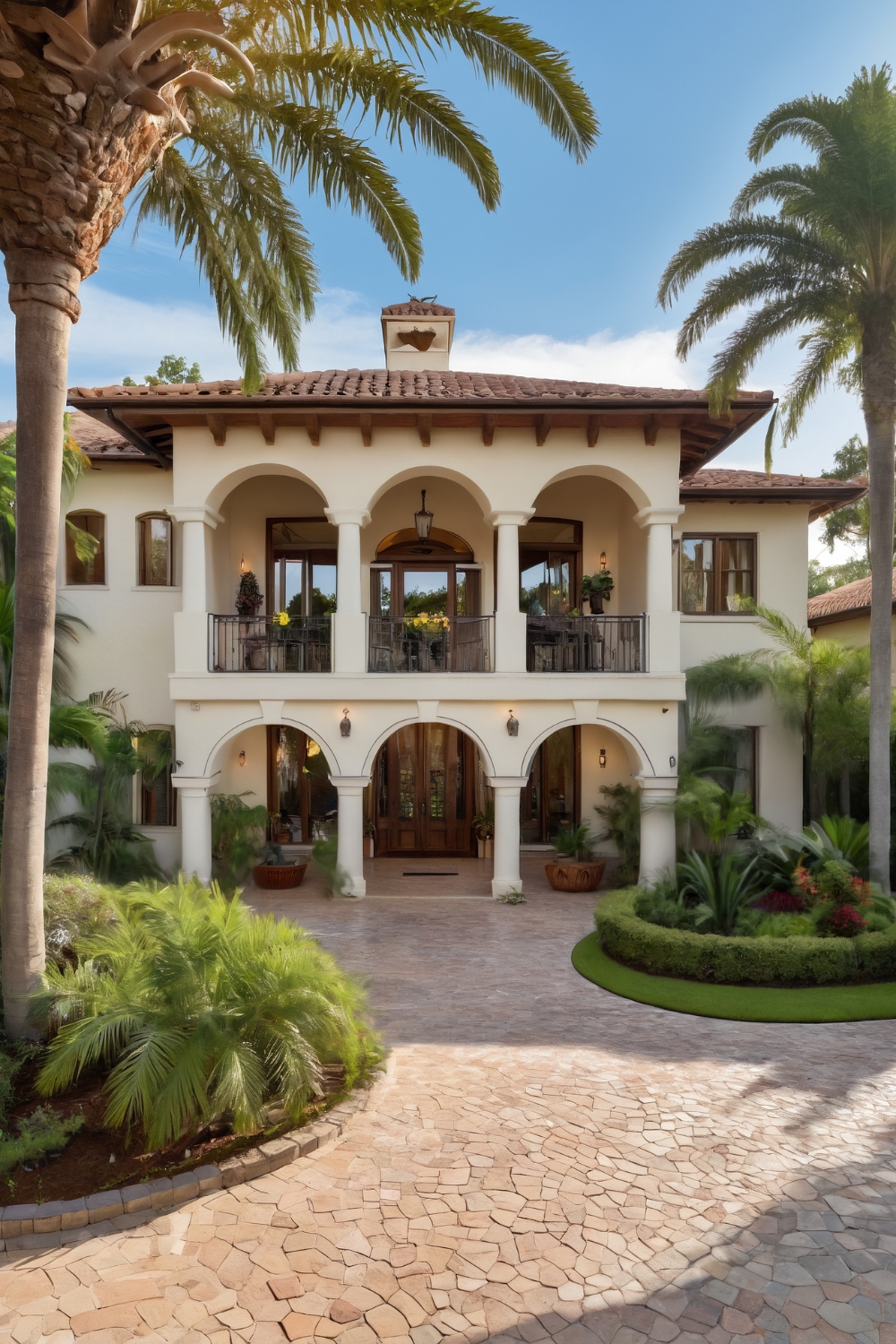
Coastal hacienda construction requires specialized materials and details to resist salt air corrosion while maintaining authentic appearance. Stainless steel hardware, specialized coatings, and corrosion-resistant fasteners add significant costs but ensure longevity in harsh marine environments.
Retractable glass wall systems in coastal locations must withstand high winds and salt spray while providing reliable weather sealing. These systems require regular maintenance and specialized service providers familiar with luxury installations.
Infinity pools near ocean environments require sophisticated water chemistry management and specialized equipment to handle the interaction between pool chemicals and salt air. The visual effect justifies the complexity for luxury buyers seeking dramatic amenities.
Private beach access often involves coastal permits and environmental considerations that can significantly impact project timelines and costs. Luxury buyers expect seamless access, but regulatory requirements can be extensive.
6. The Vineyard Villa: Integrating Agricultural Heritage with Modern Luxury
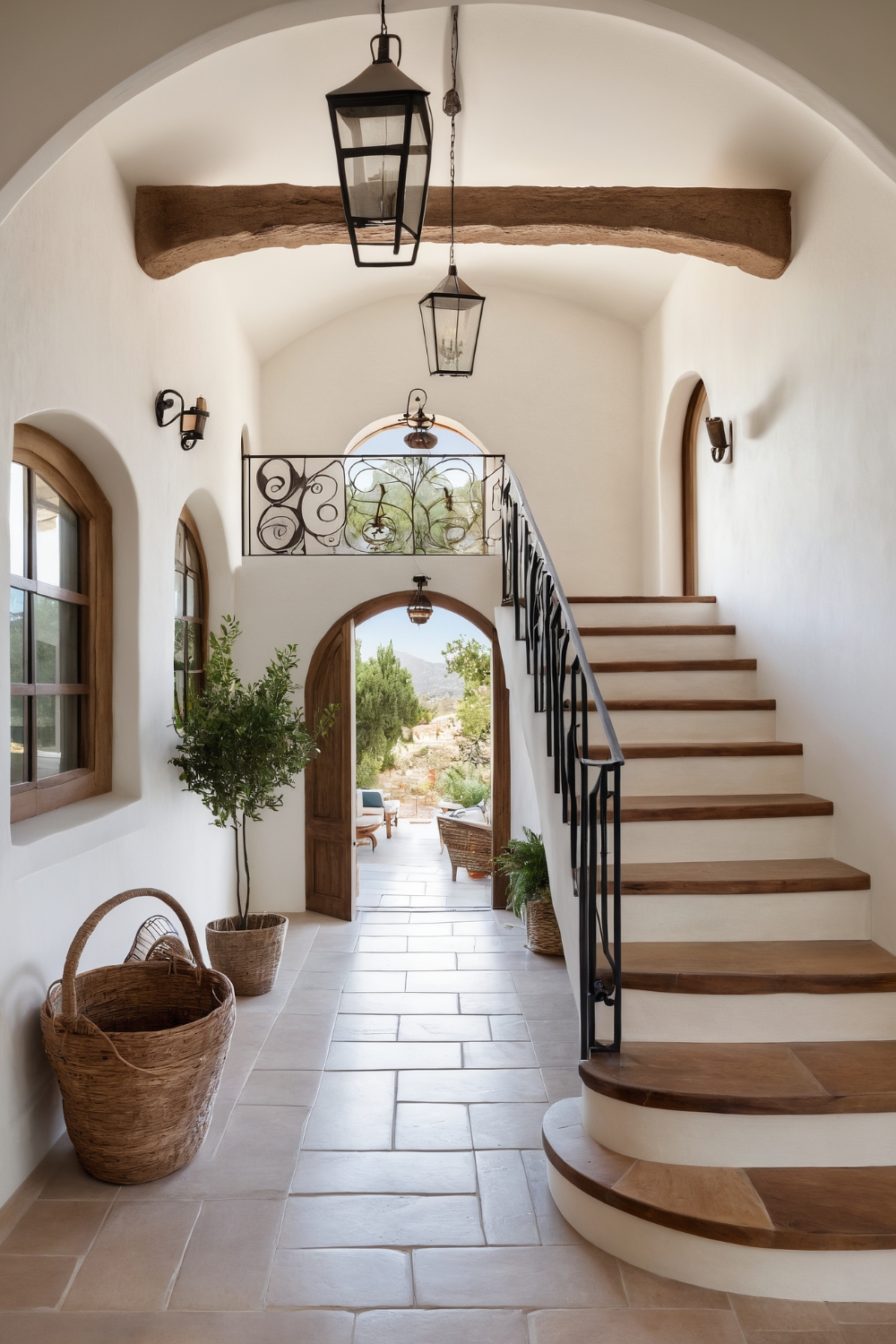
Wine country haciendas require understanding agricultural operations and how luxury residential uses interact with working vineyard activities. Noise, dust, and equipment access can affect residential comfort and need consideration during design.
Professional wine cellars require precise climate control, vibration isolation, and security systems that maintain optimal storage conditions while serving as entertaining spaces. These installations often represent significant investments requiring specialized contractors.
Vaulted ceilings with reclaimed beams need structural analysis to ensure adequate load capacity while maintaining authentic appearance. Reclaimed materials often lack engineering documentation, requiring additional testing and analysis.
Large island kitchens designed for entertaining require commercial-grade ventilation and electrical systems to handle heavy cooking loads while maintaining residential aesthetic standards. The integration often requires custom solutions and specialized contractors.
7. The Urban Hacienda: Luxury Design in Constrained City Settings
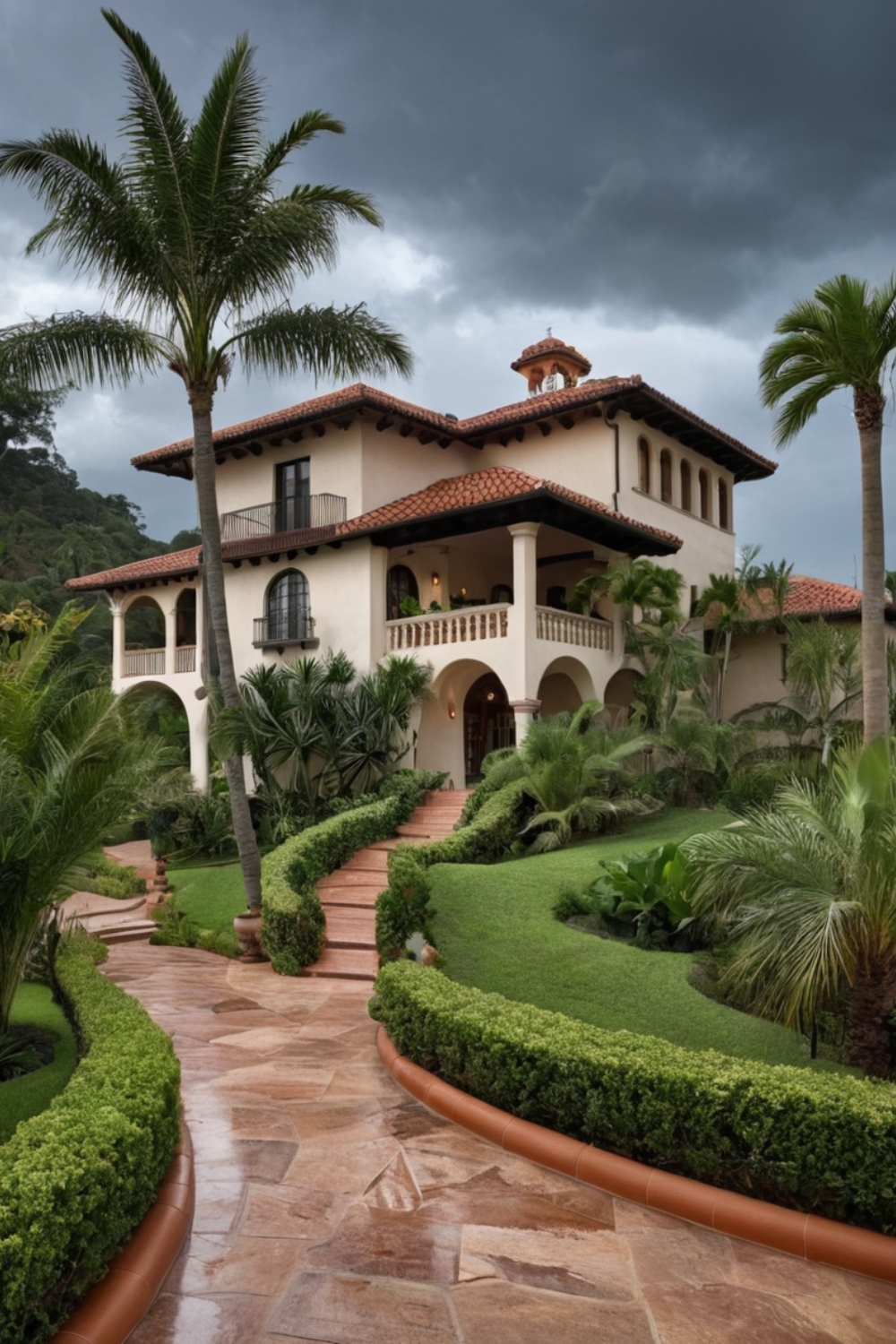
Urban hacienda projects face zoning restrictions, setback requirements, and height limitations that constrain traditional hacienda layouts. Creative design solutions are needed to achieve authentic character within regulatory constraints.
Smart home integration in luxury urban haciendas requires sophisticated networking infrastructure and security systems that can interface with building management systems common in urban environments. The integration often requires specialized consultants and ongoing technical support.
Rooftop gardens in urban settings require structural analysis for soil loads, wind resistance, and drainage management. Urban microclimates and pollution exposure affect plant selection and irrigation requirements.
Sound isolation from urban noise requires specialized construction details and window systems that can maintain authentic appearance while providing necessary acoustic performance. These upgrades often represent substantial cost additions.
8. The Lakeside Haven: Waterfront Luxury with Environmental Sensitivity
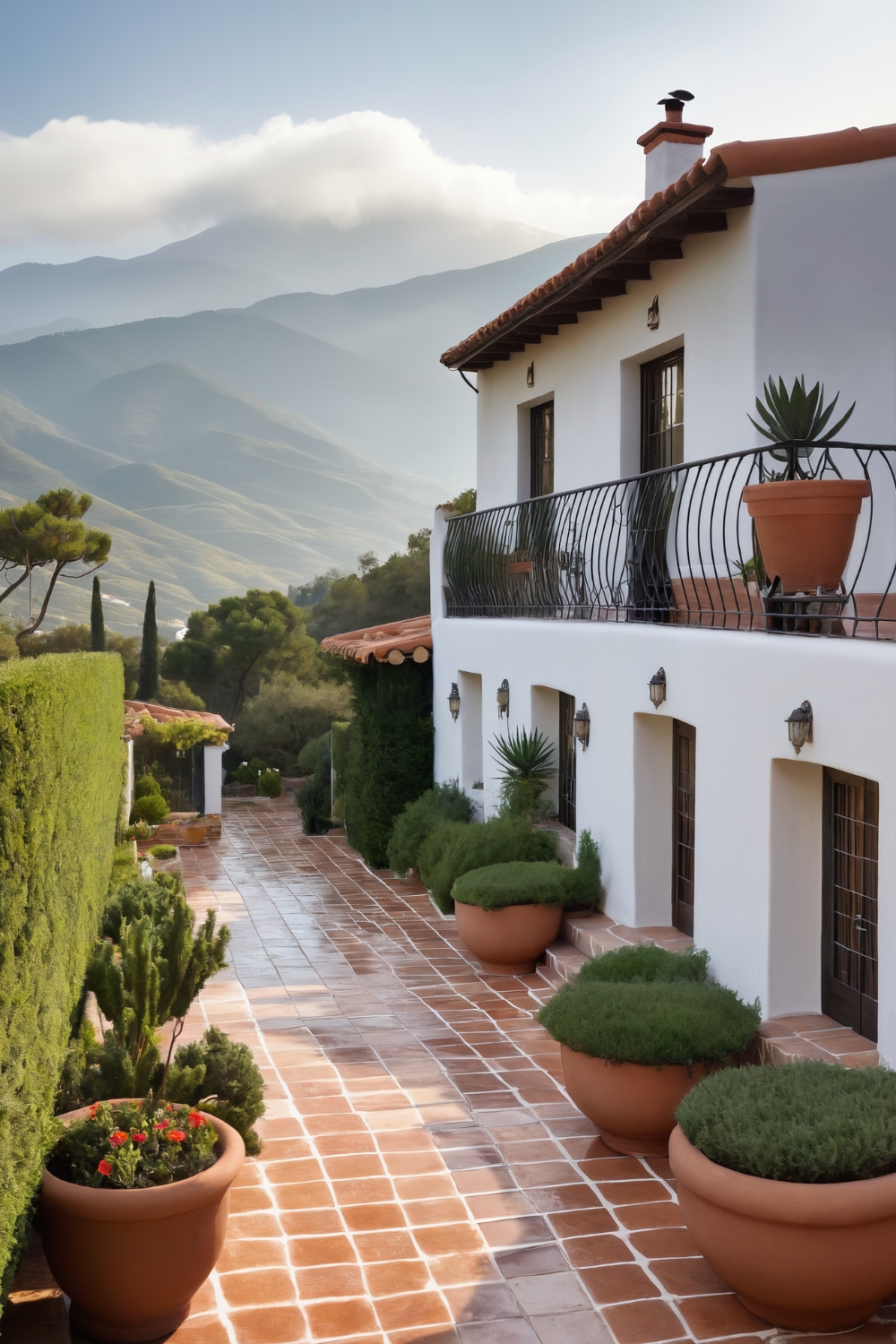
Waterfront construction often requires environmental impact assessments and special permits that can significantly affect project timelines and costs. Luxury buyers expect transparent shoreline access, but regulatory requirements vary significantly by location.
Double-sided fireplaces require specialized engineering for proper draft management and safety systems. Indoor-outdoor installations need weather protection and gas controls that meet safety codes for both interior and exterior use.
Built-in herb gardens in luxury kitchens require specialized lighting, irrigation, and drainage systems that can maintain healthy growing conditions year-round. These installations often include automated monitoring and care systems.
Private docks and boathouses require marine construction specialists and often involve complex permitting processes with environmental agencies. The structures must withstand seasonal water level changes and weather exposure.
9. The Ranch Hacienda: Modern Luxury Meets Agricultural Heritage
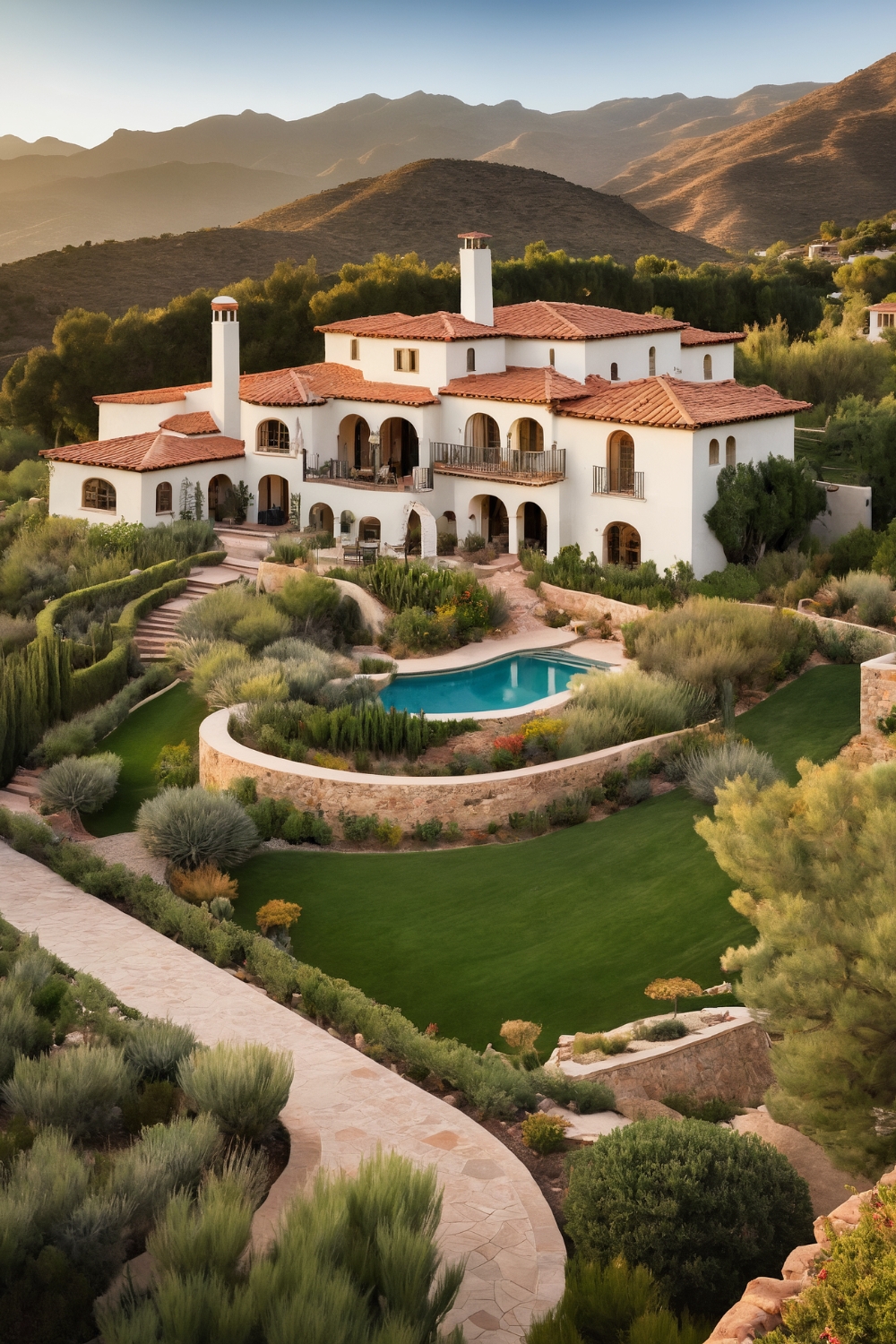
Ranch hacienda designs must accommodate both luxury residential living and agricultural operations, requiring specialized utility systems and access routes that don’t compromise either function.
Great room fireplaces in ranch haciendas often use massive stone construction that requires specialized foundation work and structural support. These installations become architectural centerpieces that define entire living spaces.
Gourmet kitchens with walk-in pantries require sophisticated storage systems and commercial-grade appliances that can handle large-scale meal preparation for extended families and ranch operations.
Home offices in working ranches need business-grade networking and communication systems that can support agricultural management software and remote operations monitoring. The infrastructure often exceeds typical residential requirements.
10. The Tropical Paradise: Climate-Responsive Luxury Design
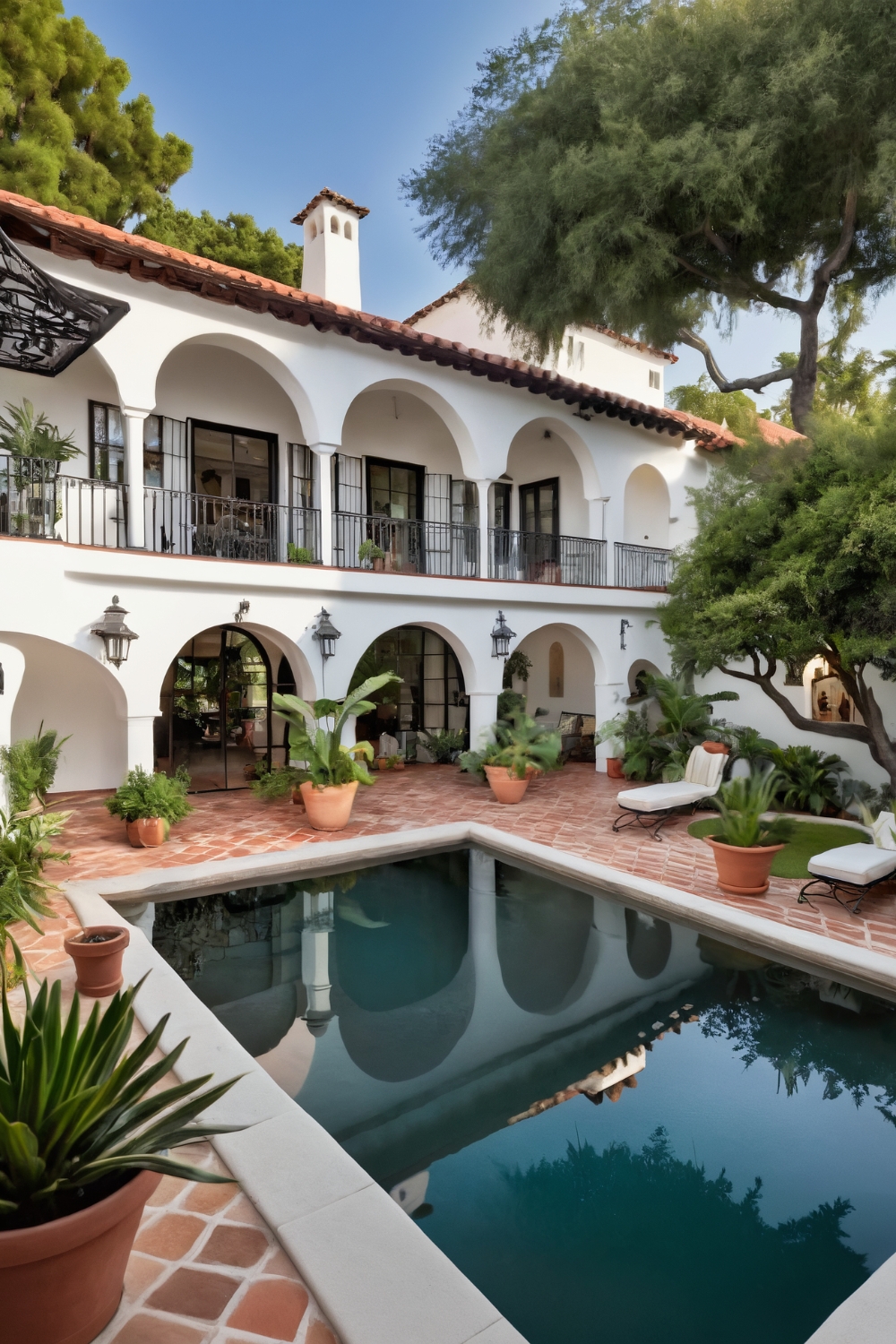
Tropical hacienda construction requires specialized materials and details to resist humidity, insects, and storm exposure while maintaining luxury finishes and authentic character. Material selection significantly affects both initial costs and long-term maintenance requirements.
Retractable glass wall systems in tropical climates must handle high humidity and temperature variations while providing reliable weather sealing and pest exclusion. These systems require regular maintenance and specialized service providers.
Infinity pools in tropical settings require specialized filtration and chemical systems to handle organic debris and maintain water quality in high-humidity environments. The mechanical systems often require dedicated equipment buildings.
Guest casitas require independent utility systems and often separate permitting processes, adding complexity and cost to tropical luxury projects. Privacy and service access considerations affect both design and construction logistics.
11. The Mountain Lodge: Adapting Spanish Colonial to Alpine Environments
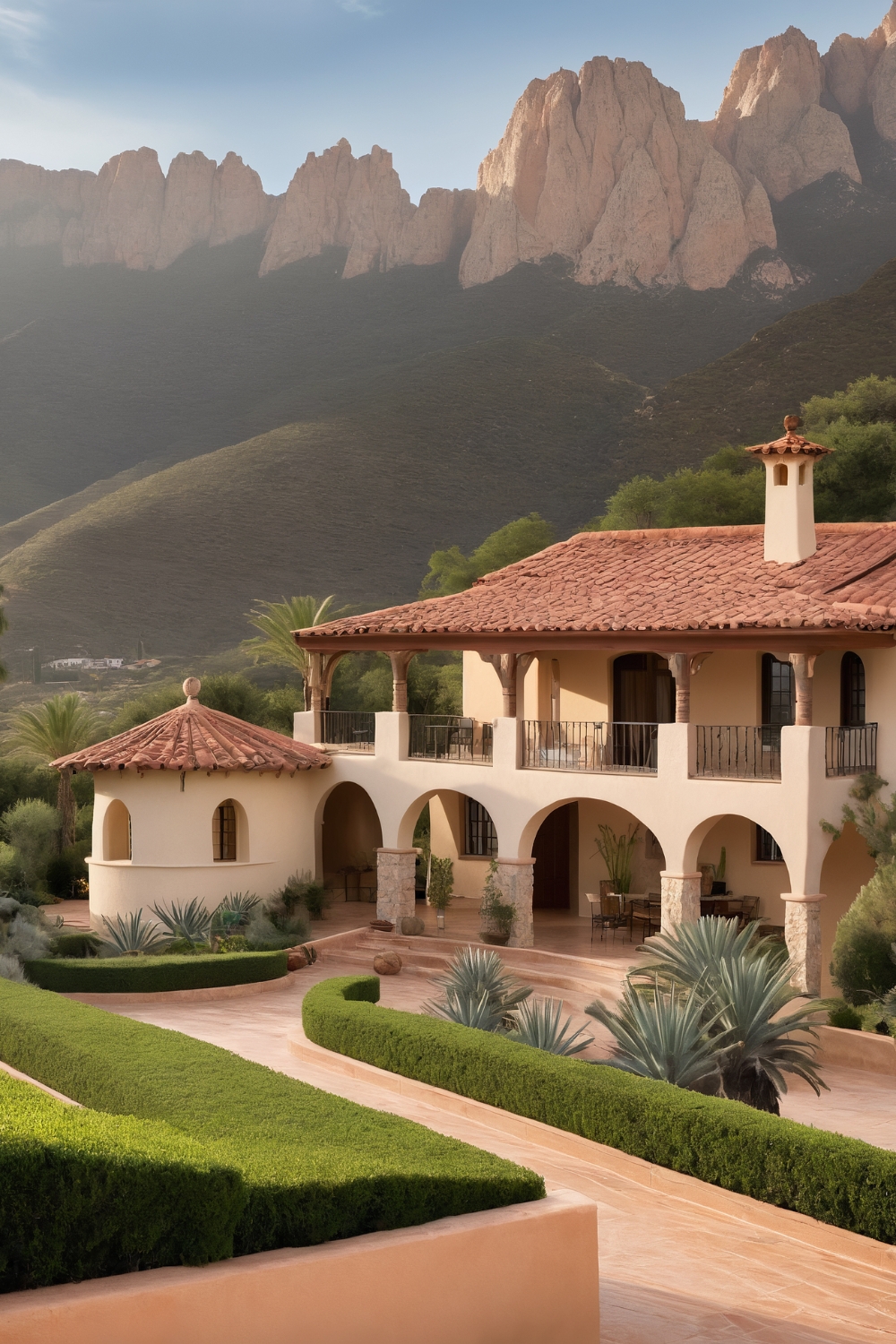
Mountain hacienda construction requires engineering for snow loads, freeze-thaw cycles, and seasonal accessibility that can significantly impact both construction costs and ongoing maintenance requirements. Specialized contractors familiar with alpine construction are essential.
Wood-fired pizza ovens in mountain settings require additional safety systems for wildfire prevention and specialized ventilation for high-altitude combustion. These installations often require environmental permits and fire department approvals.
Ski storage and maintenance facilities in luxury mountain homes require specialized ventilation, drainage, and equipment to maintain gear in optimal condition. These spaces often include heated floors and specialized drying systems.
Great rooms with panoramic mountain views require oversized window systems that can withstand extreme weather while maintaining energy efficiency. Triple-glazed windows and specialized framing often represent substantial cost premiums.
12. The Modernist Hacienda: Contemporary Interpretation of Historic Forms
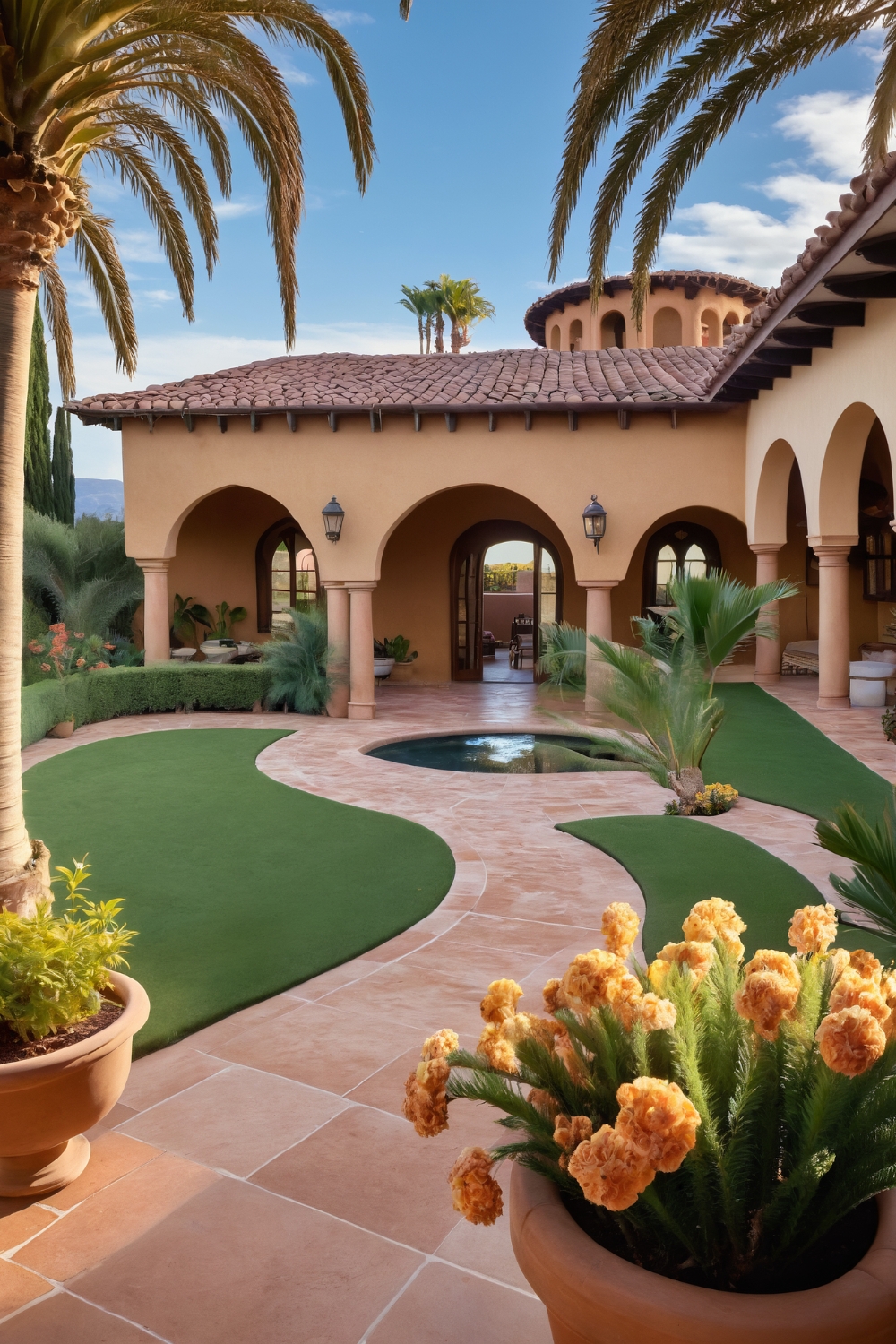
Minimalist interpretations of hacienda design require exceptional attention to material quality and construction details since there are fewer decorative elements to hide imperfections. Premium materials and expert craftsmanship become essential.
Floating staircases with glass balustrades require structural engineering for cantilever support and safety glazing that meets building codes while maintaining minimal appearance. These installations often require custom fabrication and specialized contractors.
Handleless kitchen cabinetry requires precision manufacturing and hardware systems that maintain smooth operation while providing the seamless appearance that defines contemporary luxury design. Custom solutions often cost significantly more than traditional hardware.
Home automation systems in modernist haciendas require sophisticated programming and integration to control all building systems through unified interfaces. These installations often require ongoing service contracts and periodic updates.
My Professional Insights on Luxury Hacienda Development
Luxury hacienda projects require understanding both traditional Spanish colonial architecture and contemporary luxury expectations. The most successful projects begin with authentic architectural principles, then carefully integrate modern amenities without compromising essential character.
Budget planning for luxury hacienda homes must account for specialized contractors, custom materials, and often complex permitting processes. Traditional construction cost estimating methods often underestimate the true costs of authentic details and luxury finishes.
The integration of smart home technology requires careful planning during design phases rather than retrofitting after construction. Luxury buyers expect seamless operation, which requires sophisticated infrastructure and ongoing technical support.
Environmental considerations—energy efficiency, water management, and sustainable materials—increasingly influence luxury buyer decisions while presenting design and engineering challenges that require specialized expertise.
Long-term maintenance planning becomes crucial in luxury hacienda homes where authentic materials and complex systems require specialized care and service providers. Buyers should understand these requirements before committing to projects.
The most successful luxury hacienda projects result from collaborative relationships between owners, architects, engineers, and contractors who all understand and appreciate both traditional Spanish colonial heritage and contemporary luxury standards. This collaboration ensures projects deliver both authentic character and modern performance.

